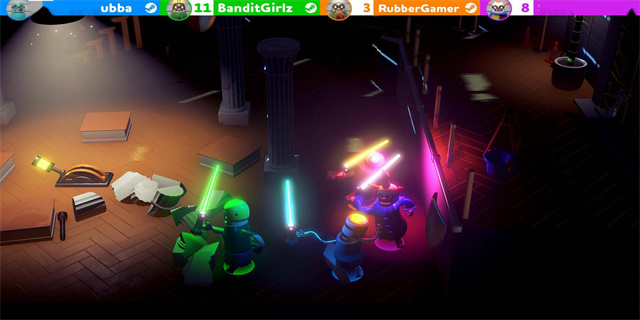ChatGPT Python: Building Powerful Conversational AI
Conversational AI has become increasingly popular in recent years, with applications ranging from chatbots on websites to voice assistants on smartphones. One of the most advanced and widely used frameworks for building conversational AI is ChatGPT. In this article, we will explore how to use ChatGPT in Python to develop powerful and engaging conversational agents.
1. Understanding ChatGPT
ChatGPT is a language model developed by OpenAI, based on the GPT (Generative Pre-trained Transformer) architecture. It is designed to generate human-like responses to user inputs, making it ideal for creating conversational agents. ChatGPT is trained on a large dataset of online text, allowing it to understand and generate coherent responses across various topics.

To get started with ChatGPT, we need to install the required Python libraries. OpenAI provides the 'openai' library, which allows us to easily communicate with the ChatGPT API. We can install it using pip:
pip install openai
Once we have the library installed, we need an API key from OpenAI. Visit their website and create an account to obtain your API key. This key is necessary for making API calls to ChatGPT.

2. Building a Basic Chatbot
Now that we have the necessary setup, let's build a basic chatbot using ChatGPT. Our goal is to create a simple interactive program that can respond to user inputs.
The first step is to import the 'openai' library and initialize it with our API key:
import openai openai.api_key = 'YOUR_API_KEY'
Next, let's define a function to interact with the chatbot. We will use the openai.Completion.create() method to generate a response:
def interact_with_chatbot(user_input):
response = openai.Completion.create(
engine='text-davinci-002',
prompt=user_input,
max_tokens=50,
temperature=0.7,
n = 1,
stop=None,
temperature=0.7
)
return response.choices[0].text.strip()
In the function above, we provide the user's input as the 'prompt' parameter to the API call. We also specify other parameters such as the 'max_tokens' (the maximum length of the response) and the 'temperature' (which controls the randomness of the generated text).
Now, we can use this function to create an interactive loop:
while True:
user_input = input(\"User: \")
response = interact_with_chatbot(user_input)
print(\"Chatbot:\", response)
This code will continuously prompt the user for input and generate responses from the chatbot. The responses may not be perfect, but as we fine-tune and train the model with more data, it will improve over time.
3. Fine-tuning ChatGPT
While ChatGPT performs admirably out of the box, we can further enhance its capabilities by fine-tuning on a specific dataset. Fine-tuning allows us to narrow down the model's responses to a specific domain or use case.
To fine-tune ChatGPT, we need a curated dataset of conversations related to our target domain or use case. OpenAI provides a guide on how to prepare this dataset and perform fine-tuning on their website.
Once we have the fine-tuned model, we can use it in the same way as before, but with better results:
response = openai.Completion.create(
engine='text-davinci-002',
prompt=user_input,
max_tokens=50,
temperature=0.7,
n = 1,
stop=None,
temperature=0.7
)
Fine-tuning allows us to create chatbots that are more specific and accurate for particular tasks, delivering a better user experience.
In conclusion, ChatGPT is a powerful tool for building conversational AI in Python. With its ability to generate human-like responses, it opens up endless possibilities for creating intelligent chatbots and virtual assistants. By understanding the basic concepts, building a basic chatbot, and exploring the fine-tuning process, you can harness the true potential of ChatGPT and create amazing conversational experiences.




















